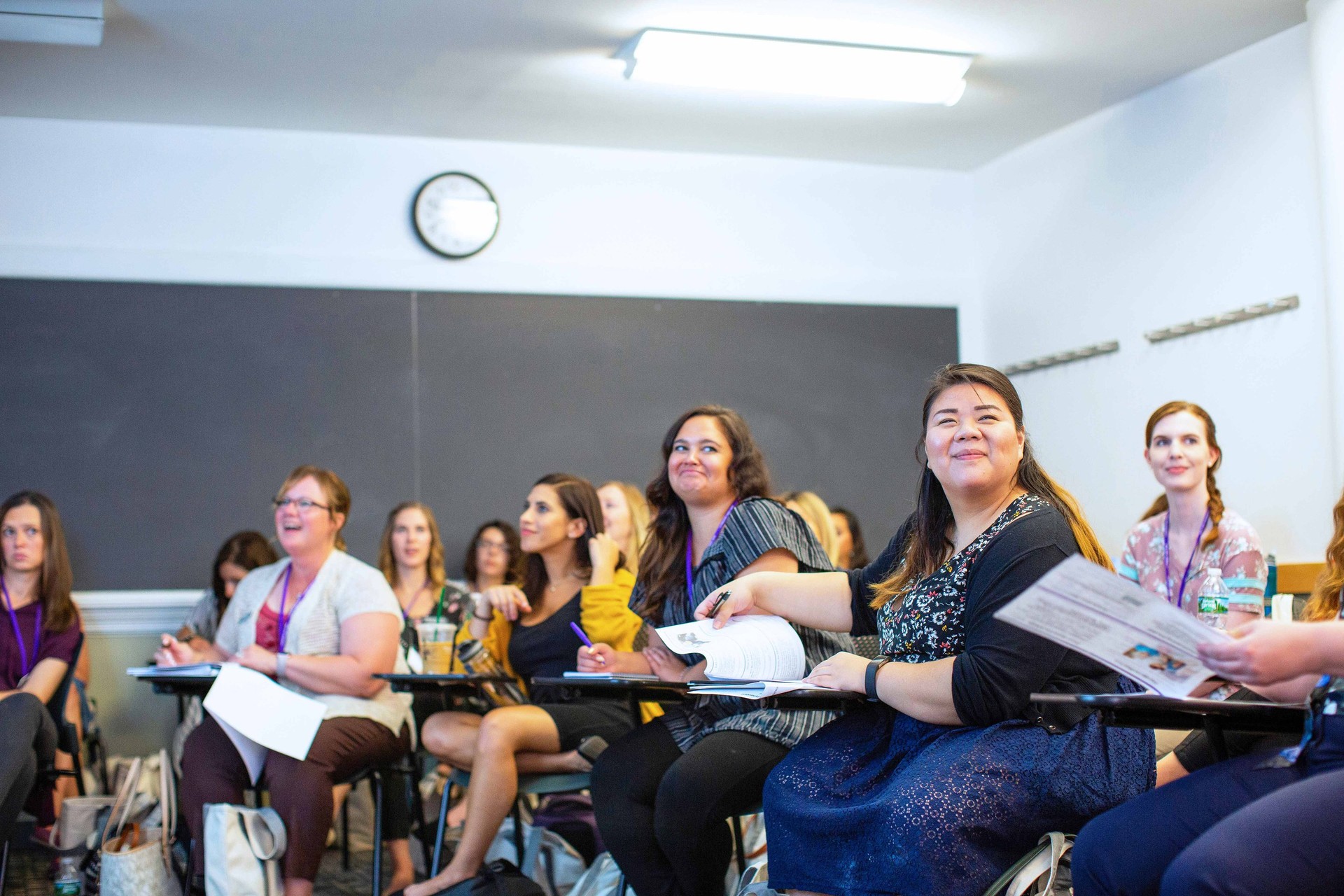Insights
Hybrid Education: What It Is, How It Works, and Why It’s the Future
Written by Molly Forman on Jul 22, 2020
Related content: Higher Education, Digital Education

At the start of the coronavirus pandemic, education systems and universities around the world became hybridized overnight. Shifting from the classroom to the computer screen was a short-term solution—a strategy to close out the end of the semester or school year. Now, it seems hybrid is here to stay. According to Chronicle’s ongoing report, 32% of colleges are already proposing a hybrid model for the coming Fall 2020 semester.
Though it’s gained unprecedented popularity amidst the current crisis, hybridization isn’t a new concept—and it’s more than just a convenient COVID-19 response. A powerful, promising educational model, hybrid is a high-quality format for higher education. Some of the world’s most renowned institutions have deployed this model—and for good reason. By offering added flexibility for students facing challenging life circumstances, hybrid education provides much-needed agency—allowing for individualized time management, balanced schedules, and geographic freedom.
As hybrid settles in as the new standard, step up your understanding of the model—what it looks like in the classroom, why it’s a strong, open-ended approach, and how universities can prepare for a successful roll-out come fall. We’ve broken down the basics below.
Defining the hybrid education model
Put simply, hybrid combines virtual and face-to-face education models. This means some course components are delivered online, and some are delivered in-person—though not necessarily on the university campus. Because it “blends” virtual and physical resources, hybrid learning is also referred to as blended learning, combining in-person experiences and face-to-face sessions with online materials and technology-based instruction.
Oftentimes, the online portion of a hybrid course is completed asynchronously—at a student’s individual pace—and the in-person portion is done synchronously, in real time. However, as the definition of in-person learning expands to include face-to-face interactions that take place outside of the on-campus classroom setting, this is decreasingly the norm. Hybrid is taking on a new range of forms and functions—carving out room for added instructional creativity and student flexibility in a time of continued uncertainty.
Looking at hybrid education through a new lens
In the past, debates over which format was better—face-to-face or online—prevailed. Now, hybrid is taking the best of both models and turning the (false) dichotomy on its head. With a hybrid model in place, students can continue coming into the classroom on less frequent, staggered schedules, making it easier to follow social distancing protocols and avoid large gatherings.
While some hybrid course schedules are structured to include a certain number of sessions in each format, others, like the hybrid flexible (or HyFlex) model, allow students to decide between on-campus or online and synchronous or asynchronous coursework on a day-by-day basis. An inherently open-ended model, hybrid can scale to work for institutions of all sizes and specializations while continuing to support individual students.
Visualizing the hybrid classroom
Given its adaptability, signs point to hybridization continuing beyond the fall term—especially as an increasing number of institutions face the reality that reopening without an alternative learning plan in place won’t meet safety standards. But what does hybrid education look like in practice, and what are some of the methods used by model programs and universities?
Undergraduate programs at Simmons University, London School of Economics, and Amherst College are three examples of comprehensive hybrid models. They combine a number of live online sessions with asynchronous coursework, allowing students across time zones to complete their degrees on more flexible, individualized schedules. In Amherst’s case, ensuring a safe return to campus in August meant bringing the college’s largest classes online to accommodate social distancing on campus for medium- and small-sized classes.
In the graduate realm, the Yale PA Online program blends a fully virtual course load with hundreds of hours of hands-on field experience, localized for every student. The Georgetown Midwifery program also follows a blended model, consisting of asynchronous didactic content, synchronous class sessions, and in-person on-campus intensives. The University of Dayton School of Law’s Online Hybrid JD program prepares students for the bar exam over a four-year period—delivering a mixture of live face-to-face sessions, interactive video classes, asynchronous coursework, and a semester-long externship in a professional legal setting.
These are just a handful of available hybridized programs—and they were in high demand well before COVID-19.
Heading into a newly hybridized landscape
When it comes to hybrid education, in-person doesn’t necessarily mean on-campus. Some of the most innovative programs—especially those that require hands-on experience and fieldwork—are employing alternate models of face-to-face instruction, and perhaps paving the way for more university programs come Fall 2020 and beyond.
As universities prepare to enter a hybrid education environment for the foreseeable future, it's integral that they don’t feel they’re settling for a subpar format. While building a high-quality hybrid program is certainly a challenge, it’s also a ripe educational opportunity—offering creativity, flexibility, and freedom to students and faculty alike.
Latest.
Learn more about us.
At 2U, we’re on a mission—to eliminate the back row in higher education and help universities thrive in the digital age. To learn more about who we are and what we do, follow the links below.